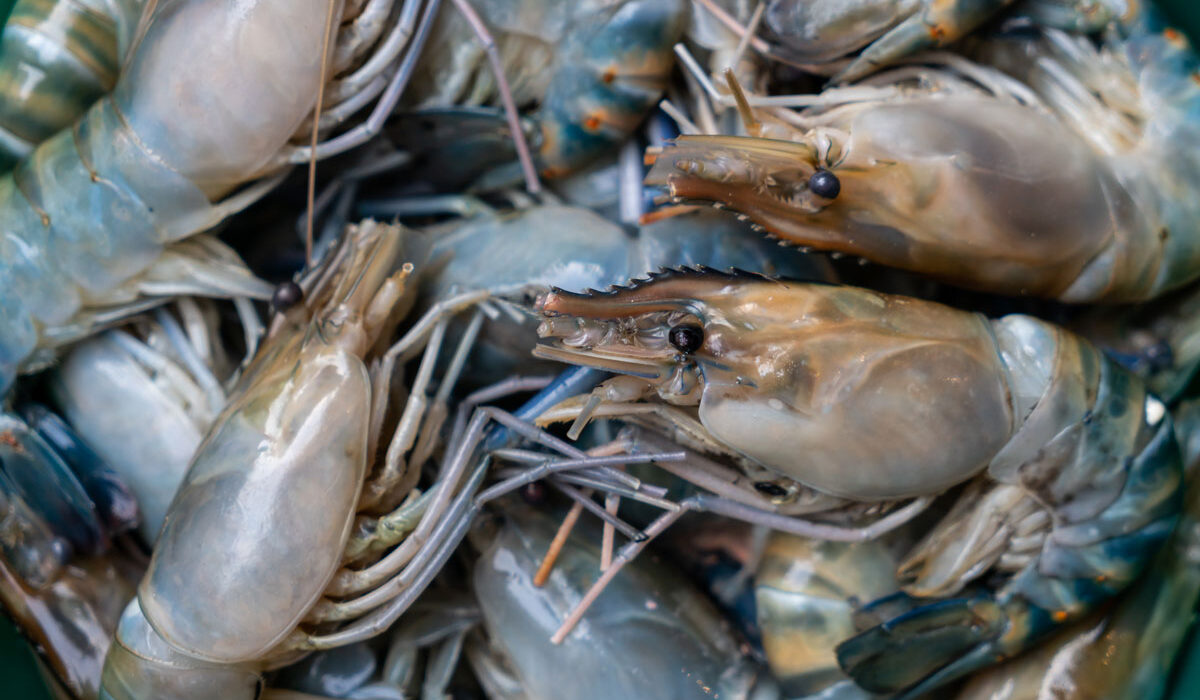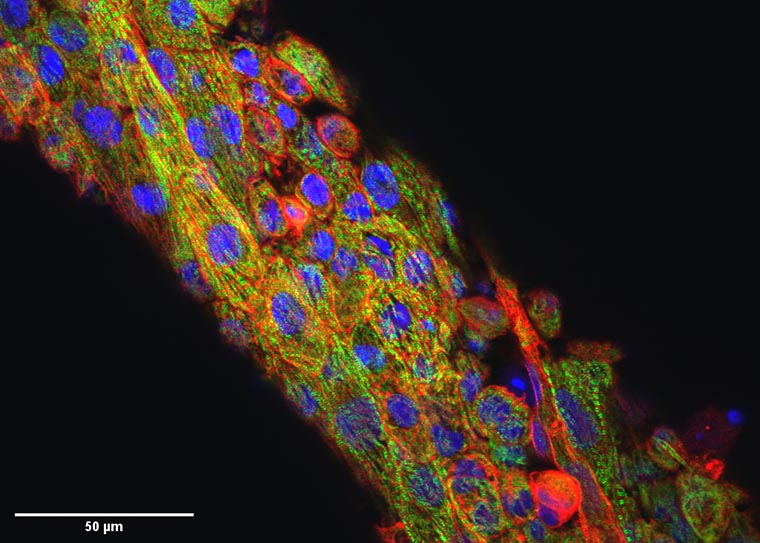2023-09-07 ワシントン大学セントルイス校

Crustaceans, insects and mushrooms are rich sources of the dietary fiber chitin, which activates the immune system and benefits metabolism, according to a new study, in mice, led by researchers at Washington University School of Medicine in St. Louis. (Photo: Getty Images)
◆キチンは不溶性であり、酵素と強酸性の条件が必要です。実験では、キチンを消化できないマウスは肥満を抑制し、体重増加と体脂肪の増加が最も少なかったことが示されました。消化できる場合でも、マウスはキチナーゼを過剰に産生して栄養を摂取しました。将来的には、これらの発見をもとに、キチンを含む食品を人間の食事に追加して肥満を管理する方法を検討する予定です。
<関連情報>
- https://source.wustl.edu/2023/09/fiber-from-crustaceans-insects-mushrooms-promotes-digestion/
- https://www.science.org/doi/10.1126/science.add5649
胃の2型免疫回路が食餌性キチンに対する哺乳類の適応を制御する A type 2 immune circuit in the stomach controls mammalian adaptation to dietary chitin
Do-Hyun Kim,Yilin Wang,Haerin Jung,Rachael L. Field,Xinya Zhang,Ta-Chiang Liu,Changqing Ma,James S. Fraser,Jonathan R. Brestoff,and Steven J. Van Dyken
Science Published:7 Sep 2023
DOI:https://doi.org/10.1126/science.add5649
Editor’s summary
Chitin (β-1,4-poly-N-acetylglucosamine) is a highly abundant natural polysaccharide found in arthropods and fungi that can initiate type 2 (allergic) immune responses. Kim et al. report in mice that the consumption of chitin triggers gastric distension, downstream neuropeptide release, and type 2 cytokine production by tuft cells and type 2 innate lymphoid cells. This in turn drives gastrointestinal remodeling and the generation of acidic mammalian chitinase by chief cells, which is needed for chitin digestion. The addition of dietary chitin improved metabolic readouts in mice fed a high-fat diet, possibly because activated chief cells produce other digestive enzymes, including lipase. This mammalian adaptation to chitin may therefore serve as a potential therapeutic target for metabolic diseases such as obesity. —Seth Thomas Scanlon
Abstract
Dietary fiber improves metabolic health, but host-encoded mechanisms for digesting fibrous polysaccharides are unclear. In this work, we describe a mammalian adaptation to dietary chitin that is coordinated by gastric innate immune activation and acidic mammalian chitinase (AMCase). Chitin consumption causes gastric distension and cytokine production by stomach tuft cells and group 2 innate lymphoid cells (ILC2s) in mice, which drives the expansion of AMCase-expressing zymogenic chief cells that facilitate chitin digestion. Although chitin influences gut microbial composition, ILC2-mediated tissue adaptation and gastrointestinal responses are preserved in germ-free mice. In the absence of AMCase, sustained chitin intake leads to heightened basal type 2 immunity, reduced adiposity, and resistance to obesity. These data define an endogenous metabolic circuit that enables nutrient extraction from an insoluble dietary constituent by enhancing digestive function.


